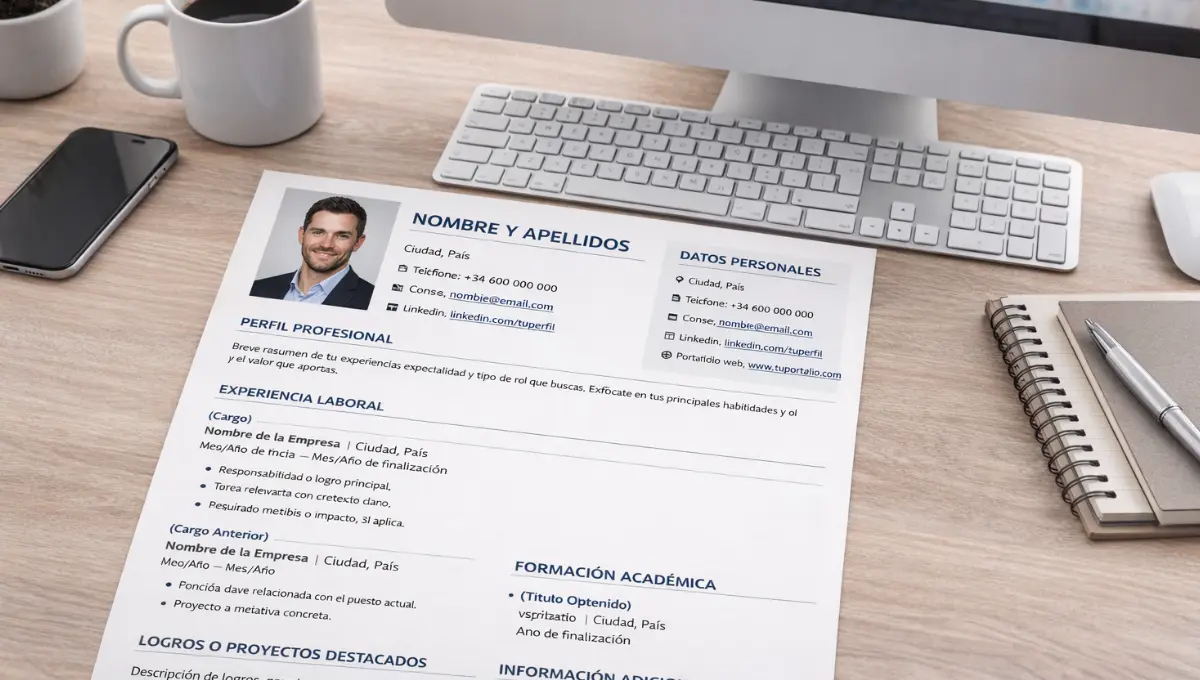Animal names are super fun to learn and they can also make you learn the language easily. There are several brightly colored books with animal pictures on them. These books play a significant role in making you learn how to understand, read and even write different words in German.
These words can help you learn how to pronounce several German nouns and describe different objects that you could see. There are several benefits that you can have while learning German animal names. Some of the major benefits are:
1. It will help you discover how “der”, “die” and “das” are applied to different contexts.
2. It will help you improve your German pronunciation.
3. It will improve your German vocabulary.
4. It will improve your understanding of how the German compound words work.
5. It will make you more fluent in German.
So, there are several reasons to learn German animal names. To achieve this goal, you can seek guidance from the most experienced online German teachers associated with italki.

Find Your Perfect Teacher
At italki, you can find your German tutor from all qualified and experienced teachers. Now experience the excellent language learning journey!
Book a trial lesson
Now, let us move toward different animals in German. We have categorized the animal names so that you can understand and memorize them easily. All these names are in English translation.
German Pets
There are a large number of pets in German, somewhere around 34 million – that is huge! Such a huge figure shows that pets are an important part of German culture. Following is the list of some of the major German pets that people keep at home:
1. der Hund (the dog)
2. der Welpe (the puppy)
3. die Katze (the cat)
4. der Kater (the tomcat)
5. das Kaninchen (the rabbit)
6. der Fisch (the fish)
7. der Hamster (the hamster)
8. das Meerschweinchen (the guinea pig)
9. die Schlange (the snake)
10. der Vogel (the bird)
11. der Papagei (the parrot)
12. die Eidechse (the lizard)
13. die Maus (the mouse)
14. der Gecko (the gecko)
15. die Schildkröte (the turtle)
German Farmyard Animals
Farmyard animals are widely used in German conversations. Some of the major farmyard animals in German are:
1. das Huhn (the chicken)
2. das Küken (the baby chick)
3. die Kuh (the cow)
4. das Schwein (the pig)
5. das Schaf (the sheep)
6. das Lamm (the lamb)
7. die Ziege (the goat)
8. das Pferd (the horse)
9. der Esel (the donkey)
10. die Ente (the duck)
Some most common wild animals
Wildlife animals are in abundance in Germany. There are around 50,000 plus wildlife animals in Germany. Some of the major ones are:
1. der Hase (the hare)
2. das Eichhörnchen (the squirrel)
3. die Biene (the bee)
4. die Spinne (the spider)
5. der Wolf (the wolf)
6. das Frettchen (the ferret)
7. die Fledermaus (the bat)
8. der Igel (the hedgehog)
9. der Otter (the otter)
10. der Hirsch (the deer) – usually describes the male of the species
11. das Reh (the deer) – usually describes the female of the species
12. der Bär (the bear)
13. der Elch (the moose)
14. die Spitzmaus (the shrew)
15. das Wildschwein (the wild boar)
Safari animals in German
Learning the names of these safari animals will boost your confidence to speak German. Some of the most common ones are:
1. der Löwe (the lion)
2. die Giraffe (the giraffe)
3. der Tiger (the tiger)
4. der Elefant (the elephant)
5. das Zebra (the zebra)
6. der Leopard (the leopard)
7. der Panther (the panther)
8. der Affe (the monkey)
9. der Gepard (the cheetah)
10. die Antilope (the antelope)
11. das Flusspferd (the hippopotamus)
12. der Pavian (the baboon)
13. das Nashorn (the rhinoceros)
14. der Gorilla (the gorilla)
15. das Erdmännchen (the meerkat)
16. das Warzenschwein (the warthog)
17. der Mungo (the mongoose)
18. das Kamel (the camel)
19. das Erdferkel (the aardvark)
Names of the animals that bite or sting
There are some animals that can harm you. Some of those animals are:
1. die Ameise (the ant)
2. die Biene (the bee)
3. die Wespe (the wasp)
4. die Hornisse (the hornet)
5. die Qualle (the jellyfish)
6. der Skorpion (the scorpion)
7. die Giftschlange (the poisonous snake)
8. die Spinne (the spider)
9. die Zecke (the tick)
10. die Mücke (the midge)
11. der Moskito (the mosquito)
12. die Bremse (the horse fly)
13. die Bettwanze (the bedbug)
14. der Käfer (the beetle)
Sea animals in German
You will be amazed to learn the names of the animals living in the deep blue sea. This list is important as it will give you a lot of information about compound words in German.
1. der Wal (the whale)
2. der Hai (the shark)
3. die Robbe (the seal)
4. das Walross (the walrus)
5. der Delfin (the dolphin)
6. die Krabbe (the crab)
7. der Hummer (the lobster)
8. die Garnele (the shrimp)
9. der Seestern (the starfish)
10. der Seeigel (the sea urchin)
11. der Tintenfisch (the squid)
12. der/die Krake (the octopus)
13. die Grüne Meeresschildkröte (the green sea turtle)
14. der Stachelrochen (the stingray)
15. der Seelöwe (the sea lion)
Cold weather animals in German
Cold-weather animals are the coolest and the cutest at the same time. Some of the most common ones are:
1. der Eisbär (the polar bear)
2. der Pinguin (the penguin)
3. der Schneeleopard (the snow leopard)
4. der Narwal (the narwal)
In the above list, you can see how simple compound words are used. These words are easy to learn as they resemble English a lot.
German birds
Undoubtedly, birds are among the cutest creatures on Earth. Following is the list of some of the most common
1. die Taube (the pigeon)
2. die Elster (the magpie)
3. der Spatz (the sparrow)
4. die Schwalbe (the swallow)
5. die Amsel (the blackbird)
6. die Weiße Taube (the dove)
7. die Eule (the owl)
8. die Seemöwe (the seagull)
9. die Krähe (the crow)
10. die Gans (the goose)
11. der Falke (the falcon)
12. der Wellensittich (the budgie)
13. der Geier (the vulture)
14. der Pfau (the peacock)
German Pond Life
Ponds and lakes are a major part of many German parks. Some of the major pond animals are:
1. der Schwanz (the tail)
2. die Schnauze (the snout)
3. die Pfote (the paw)
4. die Pranke (the paw of a lion, tiger or bear)
5. der Pelz (the animal fur)
6. die Feder (the feather)
7. das Gefieder (the plumage/feathering)
8. der Stoßzahn (the tusk)
9. das Horn (the horn)
These were some of the major and common animal names in German. But now you will be wondering how you are going to remember this large number of names. But you do not need to panic. Remembering these words is easier than you think.
Following are some of the useful hacks that can make you learn these German animal names easily.
Learn the “Cognates” that English and German have in common
There are several words that are common in both the languages, such as:
1. gorillas (die Gorillas)
2. zebras (die Zebras)
3. elephants (die Elefanten)
4. antelopes (die Antilopen)
It is feasible to memorize similar cognates at first.
“-chen” is Always Neutral
The end of the German word makes it obvious how it will end. It will end with one of the following: “der”, “die”, or “das”. One of the most common ending words in animal names is “-chen”. For instance, das Eichhörnchen (“squirrel”) or das Kaninchen (“rabbit”).
When you learn a word that ends in “-chen” it is always neutral and will need the article “das”, to go before it.
“-e” is Almost Always Feminine
If the word ends with –e, high chances are that it will use a feminine article. For example,
1. die Katze (the cat)
2. die Eidechse (the lizard)
3. die Ente (the duck)
These words are not tough to learn but they require clarity and practice. You can also learn the German language by learning fruits in German. Such words will give you the confidence to speak comfortably.
Conclusion
Book your lessons with italki to enhance your vocabulary list. The personalized course plans will provide you the practical exercises to boost your fluency with the language and hold German conversations confidently. These tutors will provide you with customized learning content that will help you improve German grammar and pronunciation. Book your lesson plans today and improve your German language levels with in-depth practice exercises with practical usage of German.
Want to learn a language at italki?
Here are the best resources for you!
















